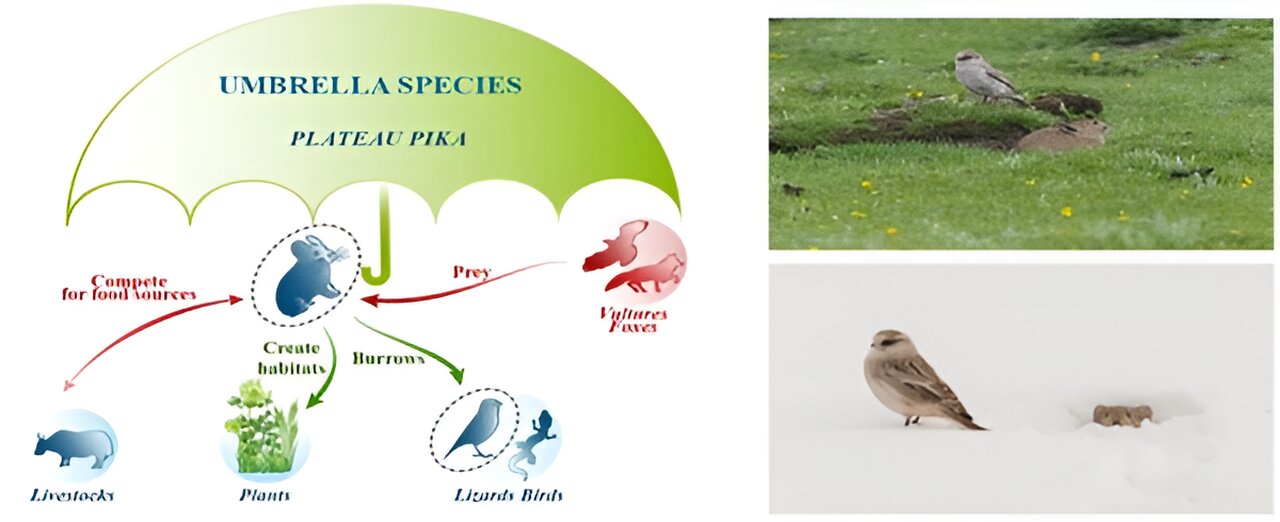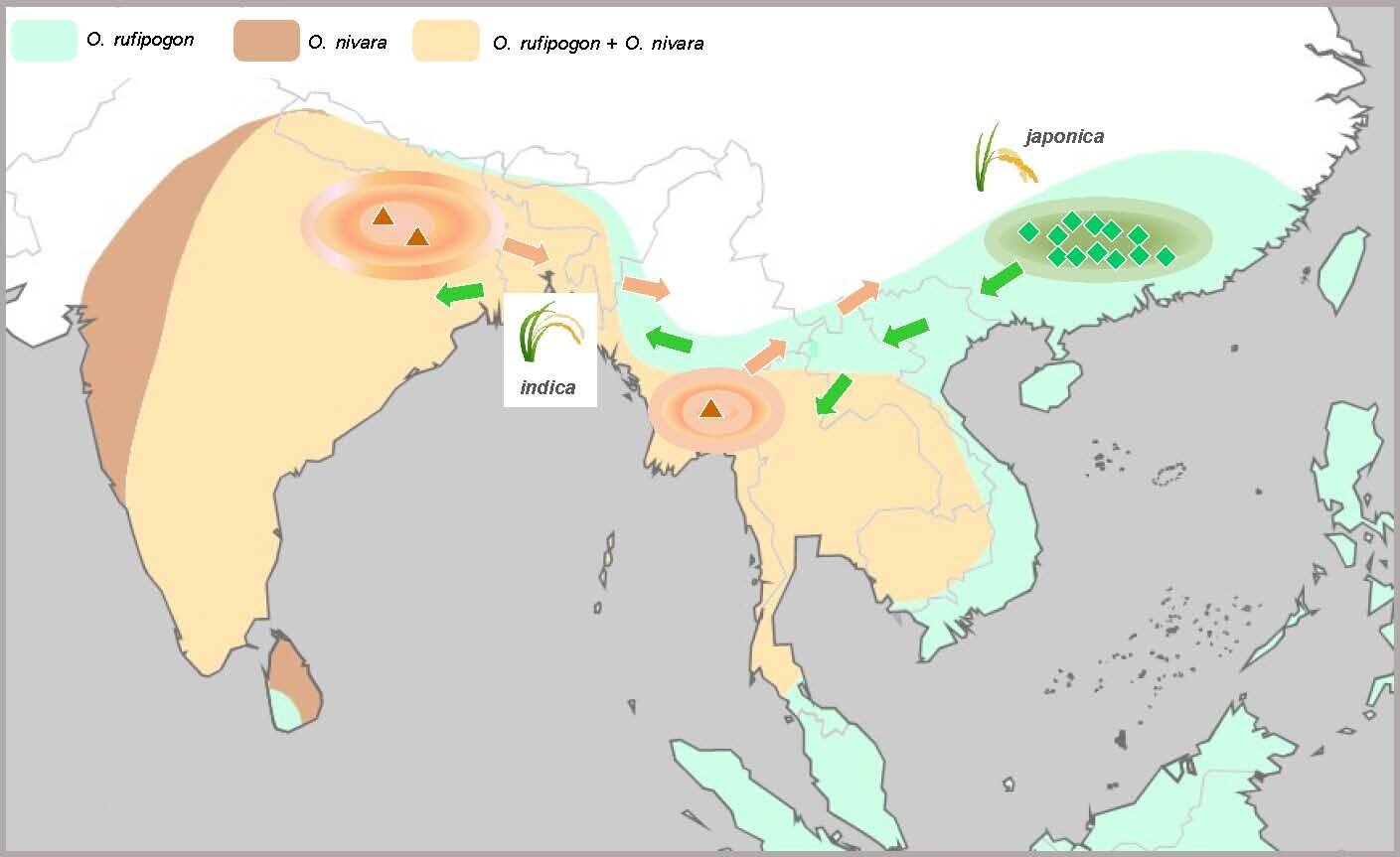Climate change poses a significant threat to biodiversity, making it crucial to understand how species adapt. The Qinghai-Tibetan Plateau (QTP), the highest plateau in the world, is home to a remarkable array of species that have evolved to thrive in its extreme high altitude environment. Among them, the plateau pika (Ochotona curzoniae) plays a vital role in maintaining the delicate balance and sustainability of the alpine grassland ecosystem. Its burrowing behavior and status as the primary prey of several predators make it a keystone species.
A fascinating aspect of the plateau pika’s behavior is its burrows, which provide nesting sites for two species of snowfinches (Onychostruthus taczanowskii and Pyrgilauda ruficollis). This unique burrow-sharing behavior has captivated people for centuries, as documented in The Classic Mountains and Seas, an ancient Chinese account of the region’s fauna and flora.
In a recent study published in Nature Climate Change, Chen Yilin and his colleagues from the Institute of Zoology of the Chinese Academy of Sciences have employed a combination of ecological genomics, ecological niche modeling, and landscape genetic approaches to assess how the plateau pika and two species of snowfinch will respond to future climate change.
By examining the interplay between local climate adaptation, migration, habitat suitability, and landscape connectivity, the researchers have gained insights into the vulnerability of these species to climate change. They found that rapid climate change poses a significant challenge for local populations, which must adapt quickly to avoid extinction. Ecological niche modeling helps predict which areas will have suitable climate conditions in the future.
To determine whether climate-sensitive species in the high-elevation QTP can keep pace with climate change, the researchers analyzed genetic variation at climate-associated loci for the three species and modeled the risks posed by climate change at the population level. Their findings indicate that most populations in the southwestern parts of the range will struggle to tolerate the predicted future climate conditions. However, populations in the northeastern parts of the range are projected to experience only minor disruptions, making them potential climate conservation hotspots and refuges for alpine endemics.
Interestingly, the study also reveals that the keystone species and the co-evolving species exhibit similar patterns of vulnerability to climate change at the population level. This suggests that keystone species can serve as indicators of climate change risks faced by other species that co-evolve with them, aiding in conservation management for the entire community.
This study offers a novel approach to comprehensively assess population-level vulnerability to climate change by combining multiple assessments of climate change risk across a group of co-evolving species. It goes beyond relying on a single species or modeling predictions alone.








